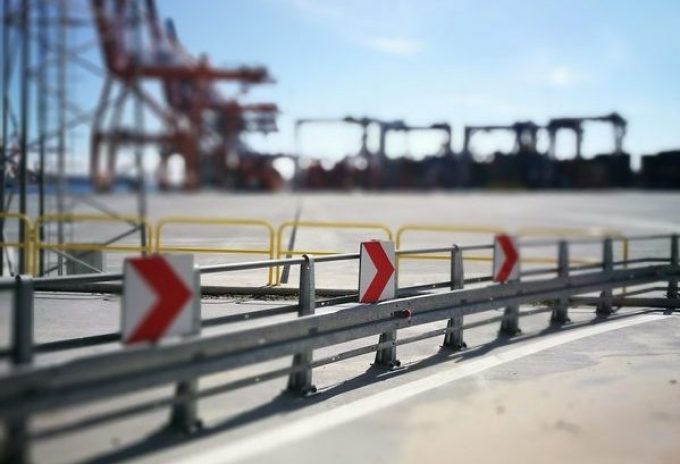'Another painful headache for shippers' as Asia-N Europe rate rally ends
It seems the recent container freight spot rate rally on the Asia-North Europe trade might ...

One little-reported side effect of the congestion crisis gripping North Europe’s ports is its impact on local greenhouse gas (GHG) emissions.
The difficulties for deepsea container lines in loading and unloading cargo at the largest hub port, and the obstacles to shippers and forwarders collecting and delivering ...

Comment on this article